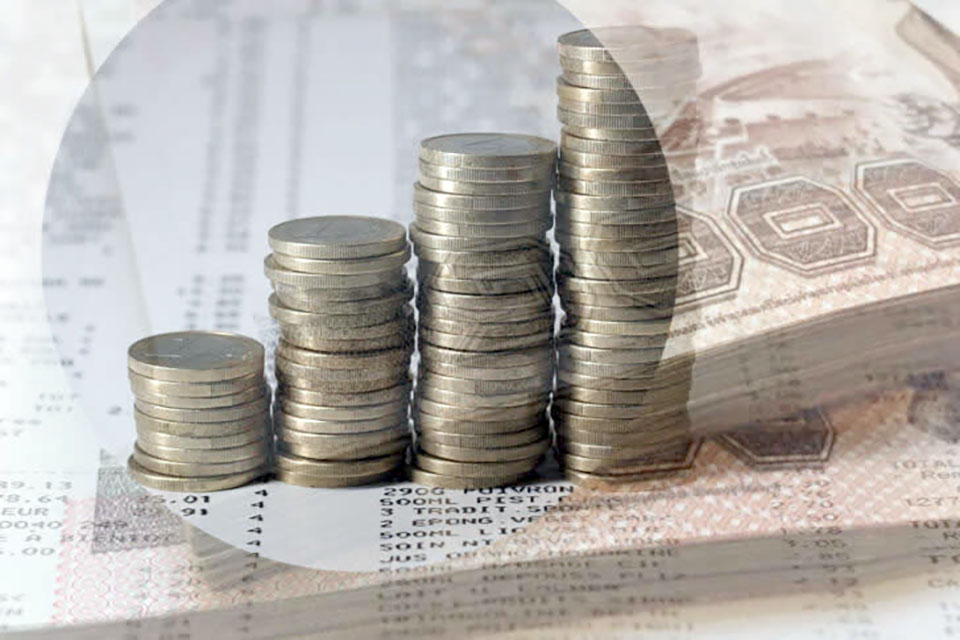
The issue of public debt has always been a topic of discussion, especially with the recent emergency loans taken out by the government to solve the COVID-19 crisis. The Public Debt Management Office has reassured that the government is capable of paying back these loans.
The debt-to-GDP ratio in Thailand has always been in fluctuation, once reaching 59.98% in the year 2000. The limit was 60% at the time.
The public debt ratio in the administration of Gen Prayut Chan-o-cha has been going up and down with most of the loans taken to fund infrastructure projects and life quality enhancing campaigns.
With the COVID-19 pandemic, the government has met with a substantial need for money to support the healthcare system, stimulate the economy, and provide financial aid to the general public. To make matters worse, the government sees a decline in its revenue from taxation, as people are making less money. This condition makes it necessary for the government to seek loans, resulting in higher public debt.
The Public Debt Management Office (PDMO) Director-General Patricia Mongkhonvanit said the government needed to increase the public debt ceiling, which would allow it to implement more financial measures.
She said these measures are intended to help improve the economy, while the government remains capable of paying back these loans.
With the pandemic, the government’s usual revenue stream from taxation has become insufficient to cover the increased expenditure. The number of people filing their personal income tax last year was around 11-12 million, from the population of 66 million, with only around 2 million paying their taxes in the full amount.
The government is now expected to lose some 17 billion baht from its revenue stream, due to the recently introduced excise tax cut for diesel fuel. The revenue drop necessitates the government’s decision to take out emergency loans, so that it can take care of people in need. (NNT)
 |
 |
 |





